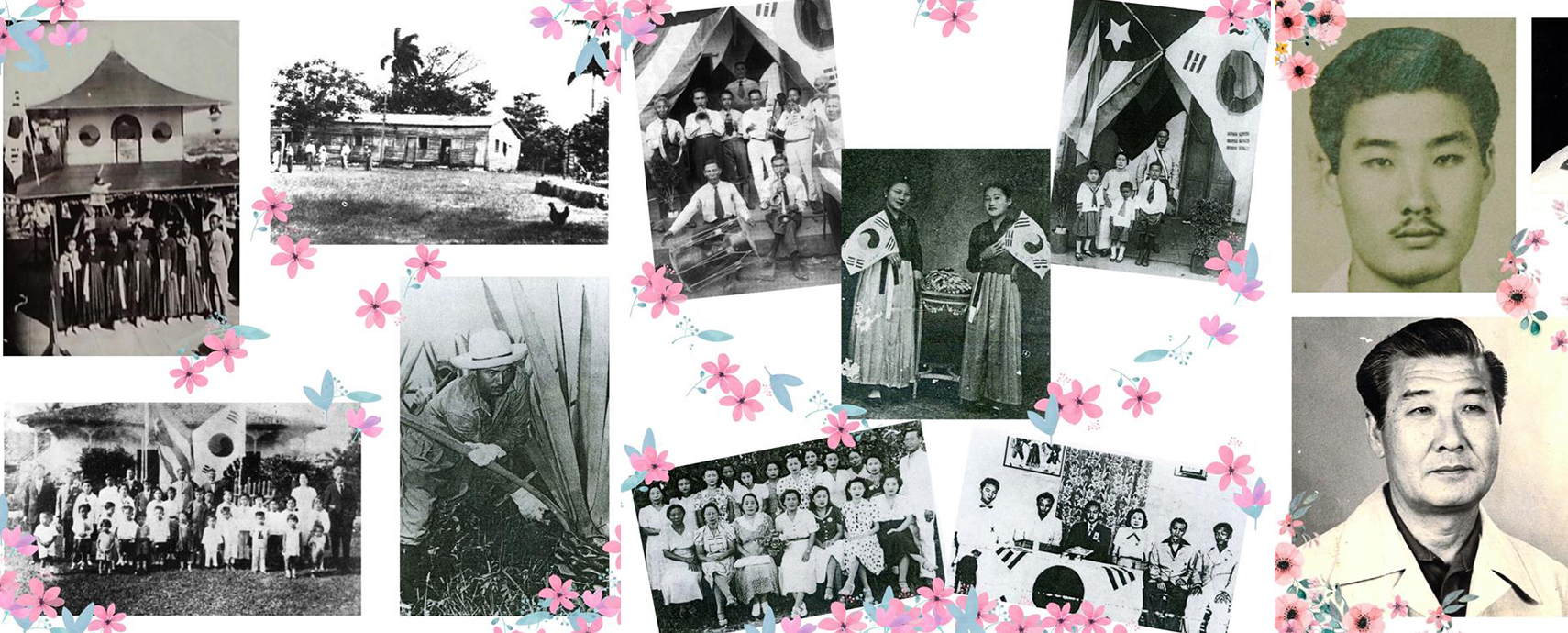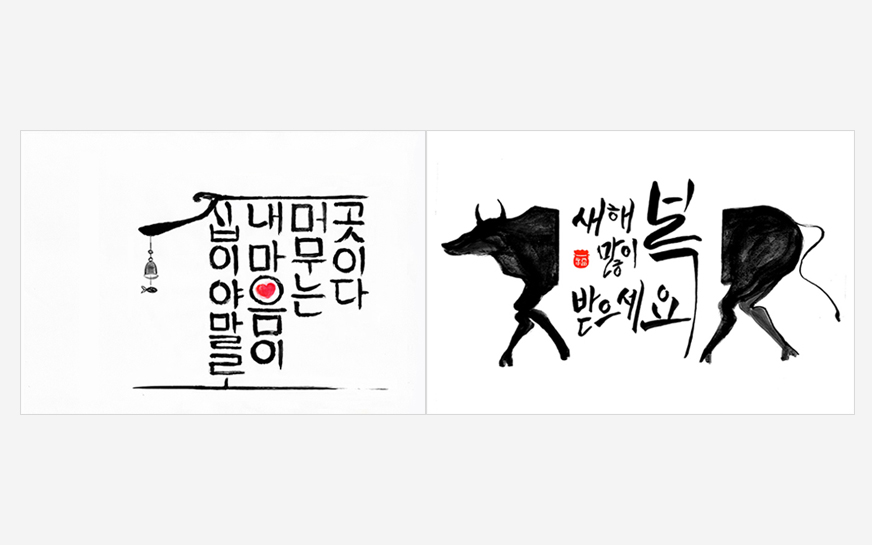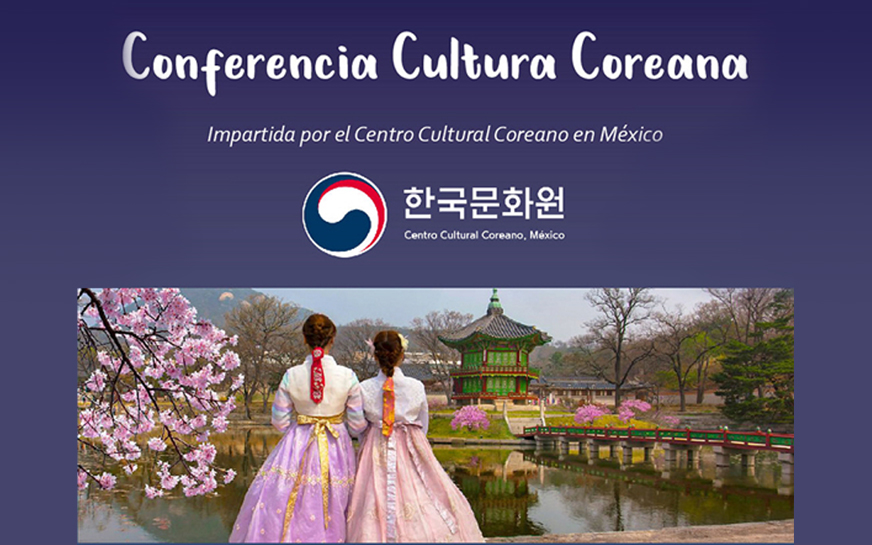May 2021

May 2021
March 25th this year marked the centennial anniversary of the first Korean immigrants’ arrival in Cuba. In 1921, about 300 Koreans arrived on the island nation through the port of Manati from Yucatan, Mexico in search of work and a better life. In the below interview, Antonio Kim, president of the Korean Association in Cuba, explains why the Koreans moved to Cuba and what became of them.
Written & Photo courtesy of
Honorary Reporter Dayviana Diaz
from Cuba

How did Korean immigrants arrive and settle in Cuba?
Some 1,033 Korean immigrants in 1905 traveled to Mexico from Incheon. Most reached Salinas Cruz, Mexico, after a 45-day trip, fleeing from Korea’s precarious situation due to Japanese aggression to take low-paying jobs on Central America’s henequen plantations. They took 16 years to arrive in Cuba. When a Cuban businessman went to Mexico in search of cheap labor and hired 300 Koreans there, including my dad, aged 11 at the time, and my grandfather. They entered Manati on March 25, 1921 and began working on sugarcane plantations in the eastern provinces, before moving westward for more work.
How did Koreans unite in Cuba?
Before 1959, the Koreans in the cities Matanzas and Cardenas lived as a tight-knit community and formed the Korean National Association (KNA) in each city. The one in Matanzas was set up in November 1921, and the one in Cardenas in August 1927. Through the KNA, they began to unite and get to know each other. The Korean Women’s Association and the Korean Youth Association were also formed. These associations sought to keep us united, preserve Korean culture and keep alive traditions such as Korean cuisine. Another goal was to preserve their mother tongue to provide the next generation access to their ancestors’ language. At that time, many older Koreans began to teach Korean to the younger generation. In addition, traditional Korean houses were built and homes hoisted the Taegeukgi, the Korean national flag. Immigrants’ descendants as a result, strive to retain their ethnic identity.
Did the Koreans in Cuba help the Korean independence movement?
Despite earning little money, our grandparents donated almost 80% of their pay to support the independence movement in their motherland. The Korean government has a list of the names of those who contributed to the fight for freedom. Six medals went to families of independence patriots in Cuba for providing economic aid; another 13 are under consideration, including one to my grandfather Manuel (Se-won) Kim.
Calligraphy Competition
Moscow, Russia
An online Hangeul calligraphy contest was held by the KCC in Russia in order to foster further acknowledgement of its linguistic, aesthetic and cerebral beauty. For not only learners of the Korean language already registered at the nine Sejong Institutes present in Russia as well as those enrolled in its domestic national universities, but also local residents with no ties to ongoing programs of the sort, the contest was open for anyone’s participation between Feb. 12 and Feb. 28. In addition to Hangeul calligraphy masterclasses, YouTube videos and SNS posts were uploaded to guide first-timers to the art and language. Furthermore, famed calligrapher Kang Byung-in’s works were featured through an online exhibition from Feb. 11 to Mar. 12. For those interested, take a look at the award recipients at this link: https://vk.com/album-30680236_279705878.

Ethnic Arts & Food
Mexico City, Mexico
Along with the Autonomous University of Queretaro, a Mexican public university, the KCC in Mexico on Feb. 23 held an online seminar specifically for art students. With COVID-19 restrictions considered, the lesson on ethnic Korean art forms and Hansik (Korean food) like kimchi proceeded online. Ninety participants joined the session, which went in depth as to compare and contrast the Western and Eastern values manifest in the artworks of the Joseon Dynasty. As per kimchi, the presiding custom of gimjang (making kimchi) and various types of kimchi were introduced. Due to the in-depth and interactive nature of the session, the seminar went on for longer than was expected.
